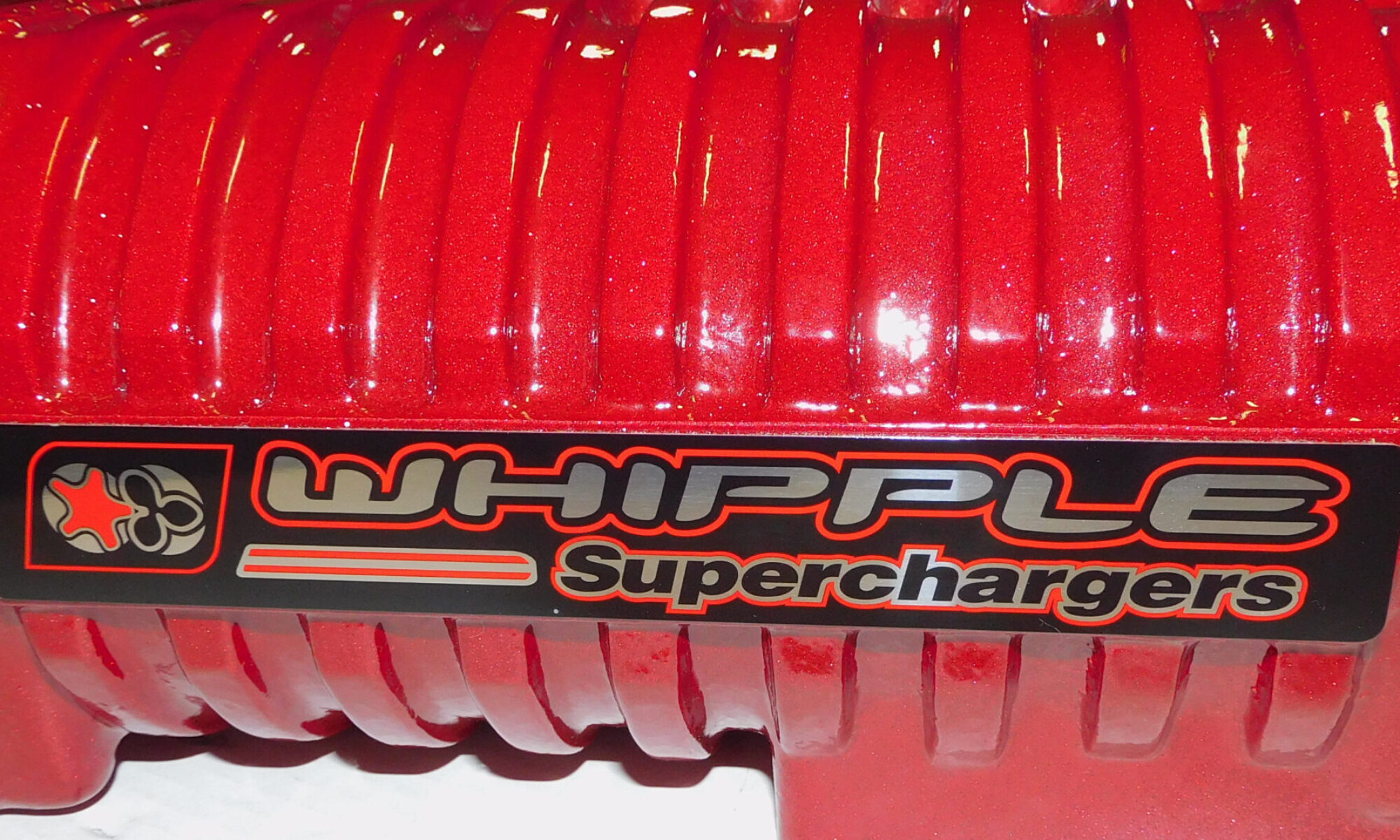- BELT TENSION: Wrong. New style EPDM serpentine belts are elastic, and stretch under load. A proper automatic spring loaded belt tensioner will properly correct the belt tension while in use. Manual tensioners or heavy duty belt tensioners can add too much belt tension, causing higher temperatures and wear at bearings, idlers, supercharger, and crankshaft. Always use a belt tension tool such as a Gates Krikit. You can use the attached chart to determine your proper belt tension. Each brand of tool may have different requirements, so use the chart with the tool being used. If you can’t get the belt to be in the proper tension, purchase the correct size belt or use an eccentric idler to dial in your tension. https://www.gates.com/us/en/knowledge-center/calculators/belt-tension-calculator.html
- BELT SLIP: The cause of belt slip can be for various reasons. The proper diagnostic is important. Some belt slip is normal. Remember, it is about surface areas. Belt slip can be caused by the following:
- Worn serpentine belt- even new belts can wear quickly if not adjusted correctly. Use a belt wear indicator to determine if your belt is good.
- Worn pulley(s).
- Pulleys cut with the improper V Groove.
- Improper belt length.
- Worn tensioner.
- Too small of a pulley.
- Improper belt tension.
- Too small of a pulley size. Generally, anything smaller than 2.5″ will have more slip.
- Not enough ribs to support the load. General rule of thumb: 4 rib is good to about 6lbs of boost, 6 is to 11, 8 is to 17 and so on.
- An issue with the supercharger, causing higher load.
- Belt alignment.
- Belt type- stay away from ‘saw cut’ style belts. You want the most surface area.
Here is a good article on belt wear: https://www.gates.com/…/diagnosing-epdm-belt-wear-with…







